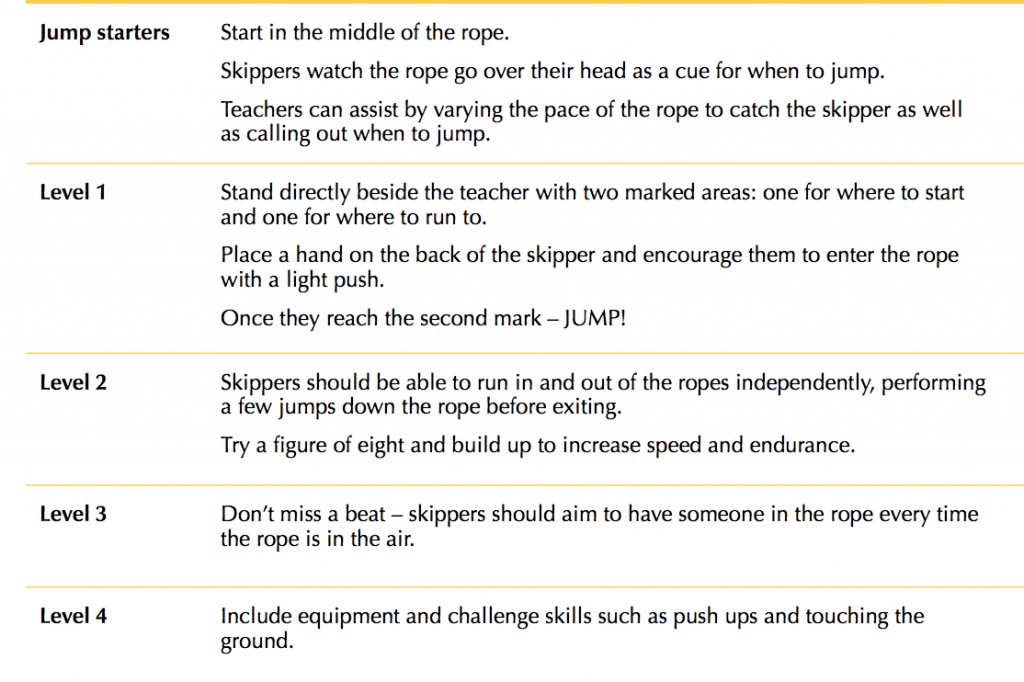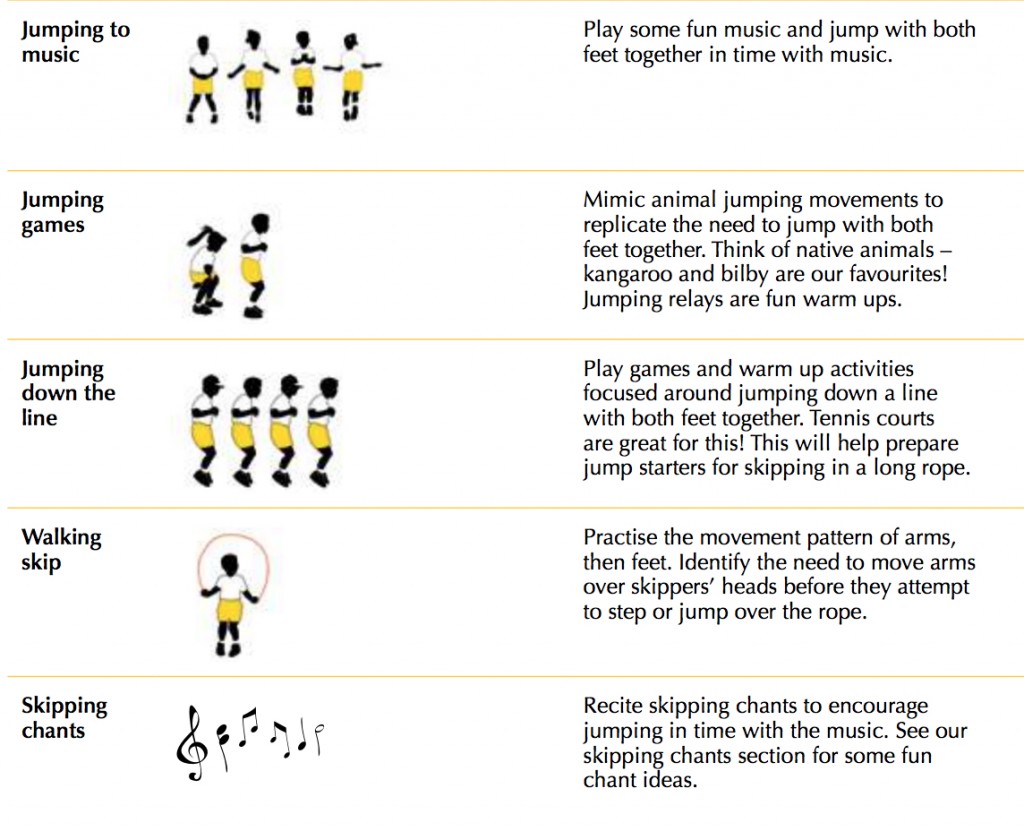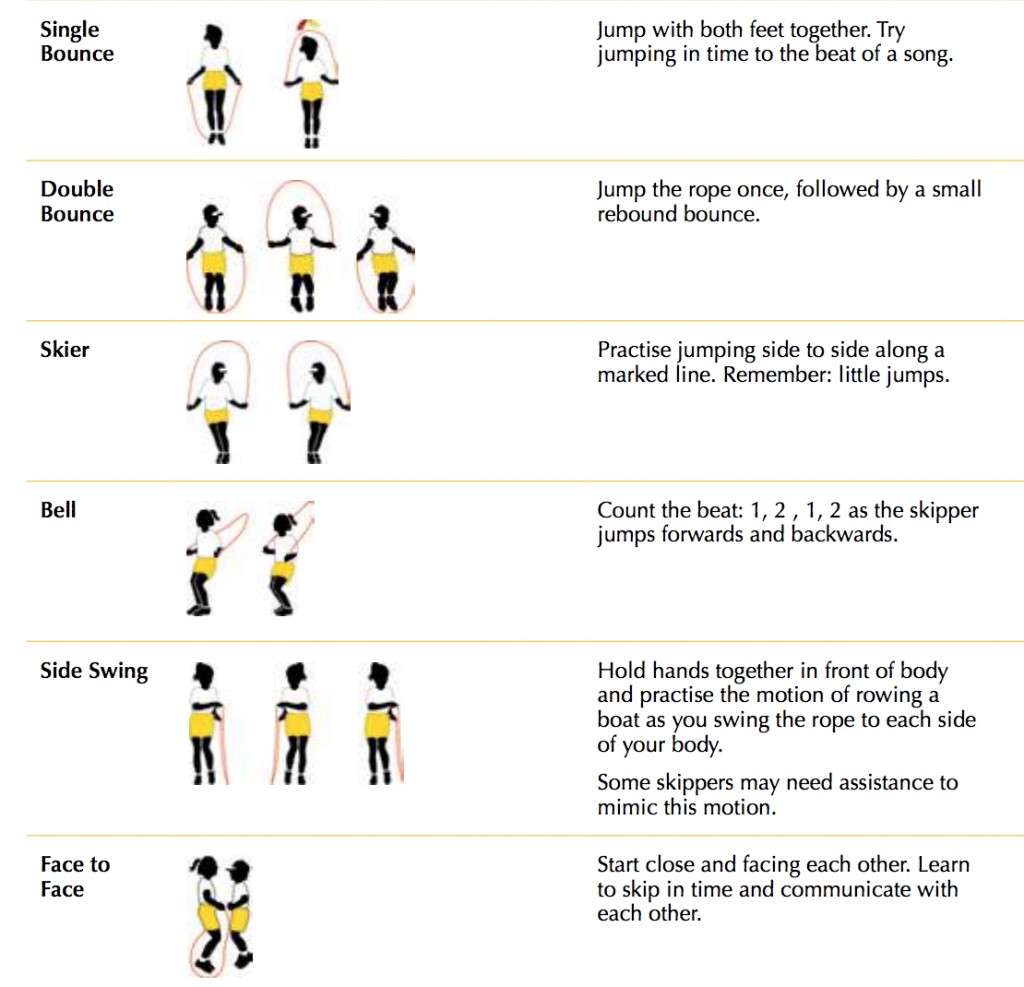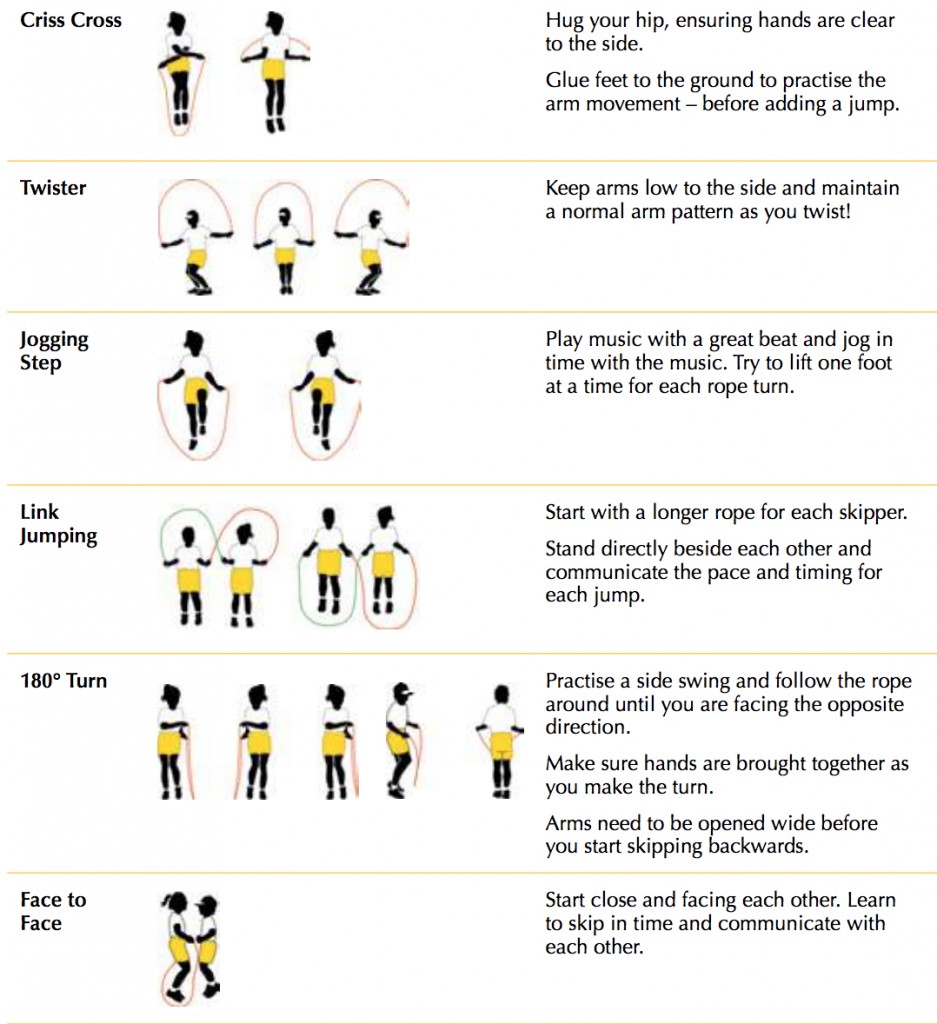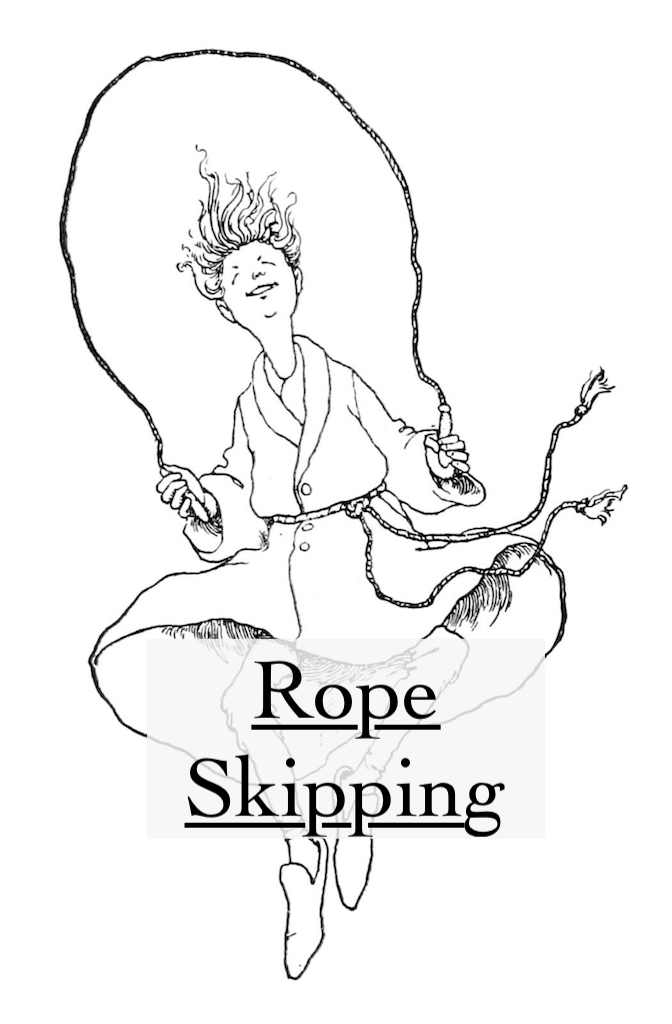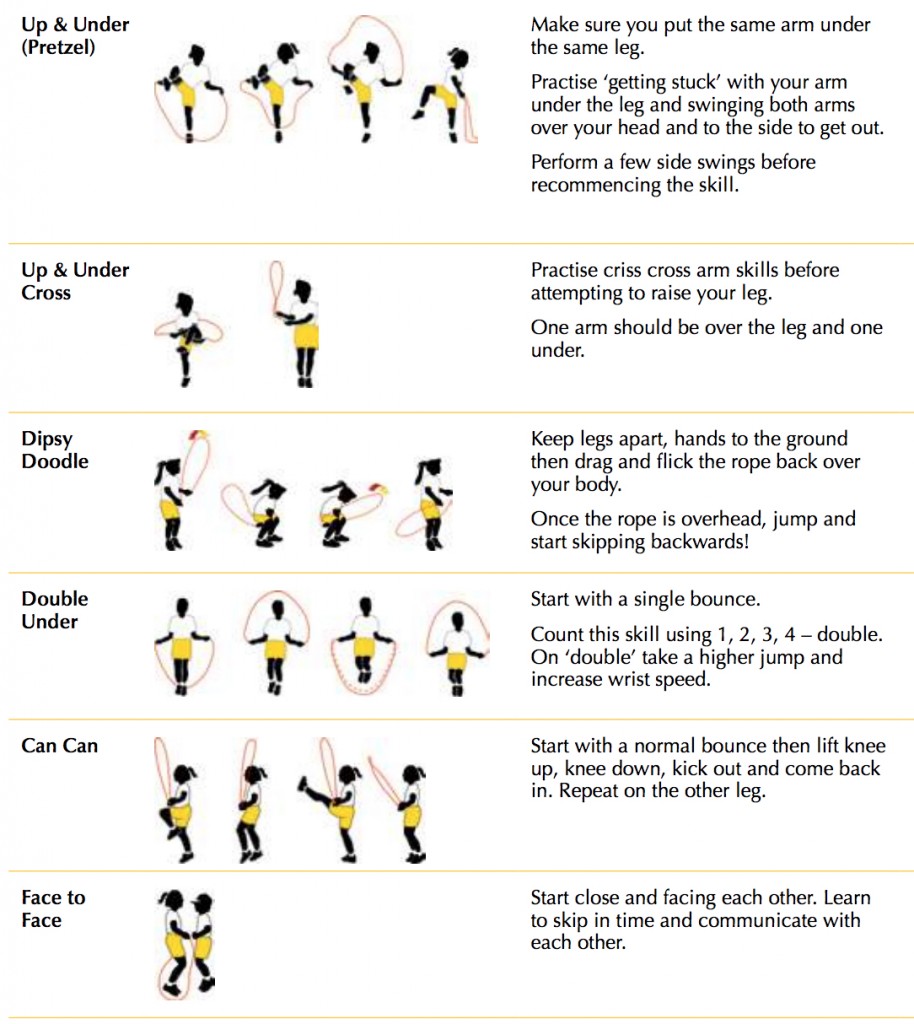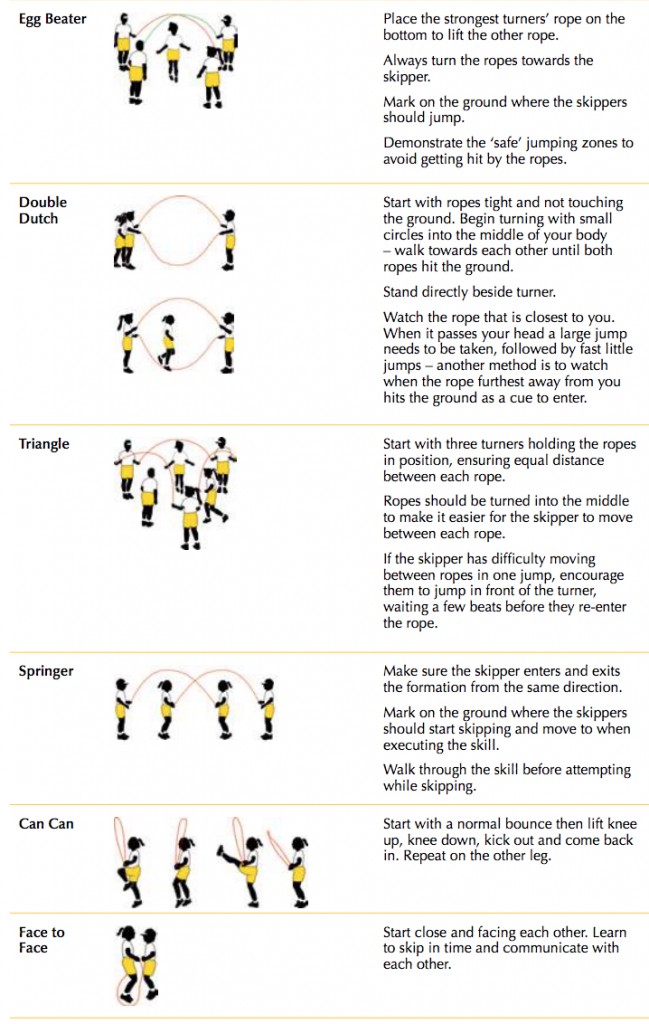Kindly contact us via email info@mof.com.sg or whatsapp (click on below) to tailor make a program for you, your company, club or school. We do that weekly at affordable prices for all groups of people! There are basic and advanced programs, small or larger groups, one-off activities or weekly customized programs etc. etc.
info@ministryoffootball.com.sg
https://api.whatsapp.com/send?phone=6592799006
Contact us at for more information ! The below gives you an idea of what our program will be like!
Sources:
https://en.wikipedia.org/wiki/Skipping_rope
https://www.heartfoundation.org.au/images/uploads/jump-rope/Teachers_Resources/JRFH_TeachersManual_Web_version_Part_3.pdf
A skipping rope (British English) or jump rope (American English) is a tool used in the sport of skipping/jump rope where one or more participants jump over a rope swung so that it passes under their feet and over their heads. There are multiple subsets of skipping/jump rope including: single freestyle, single speed, pairs, three person speed (double dutch), and three person freestyle (double dutch freestyle). The events are often separated by sex and age. There are hundreds of competitive teams all around the world. There are a few major organisations that support jump rope as a sport as seen below, schools rarely have jump rope teams, and states do not sanction official events for high school or elementary school. In freestyle events, jumpers use a variety of basic and advanced techniques in a routine of one minute, which is judged by a head judge, content judges, and performance judges. In speed events, a jumper alternates their feet with the rope going around the jumper every time one of their feet hit the ground for 30 seconds, one minute, or three minutes. The jumper is judged on the number of times the right foot touches the ground in those times.
Correct skipping technique
1. Head – held straight, looking ahead
2. Shoulders – level and straight, not
hunched
3. Arms – at about a 90° angle, held slightly
forward and extended sideways
4. Wrists – move in a circular wrist action to
turn the rope
5. Elbows – held in close to the body
6. Knees – close together with a slight bend.
